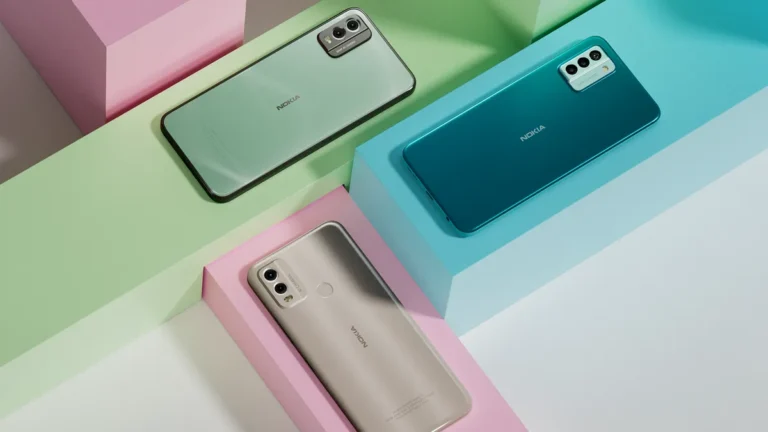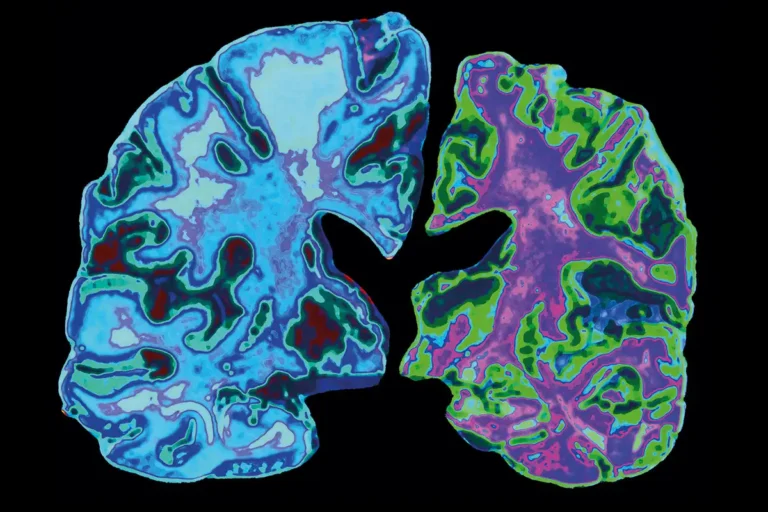Cities: Skylines 2 is one of the most highly anticipated games of the year and for good reason. This city-building simulation game is the sequel to the critically acclaimed Cities: Skylines, which took the gaming world by storm upon its release. Fans of the original game will be pleased to know that Cities: Skylines 2 is packed with new features and improvements, making it an even more immersive and enjoyable gaming experience.
The release date for Cities: Skylines 2 has not been officially announced yet, but rumors suggest that it will be released in late 2023 or early 2024. The game will be available on PC, Xbox Series X|S, and PlayStation 5, so players on all platforms can enjoy the game.
So, what’s new in Cities: Skylines 2? One of the most exciting new features is the addition of a day-night cycle. This means that players can see their cities come to life at night, with streetlights and buildings lighting up the skyline. Additionally, the game will feature enhanced graphics and improved AI, which will make the gameplay even more realistic.
Another new feature in Cities: Skylines 2 is the ability to build underground. Players can now create subways, tunnels, and even underground shopping centers, giving them more control over their cities. The game will also feature new disasters, such as wildfires and hurricanes, which will add a new level of challenge to the game.
One of the most exciting new features of Cities: Skylines 2 is the addition of multiplayer mode. Players will be able to team up with friends to build and manage cities together or compete against each other to see who can create the best city. This new feature will add a whole new level of depth to the game and is sure to be a hit with fans of the series.
In conclusion, Cities: Skylines 2 is shaping up to be one of the most exciting games of the year. With its new features, improved graphics, and multiplayer mode, it’s sure to be a hit with fans of the original game, as well as newcomers to the series. Keep an eye out for the official release date, and get ready to build the city of your dreams!












